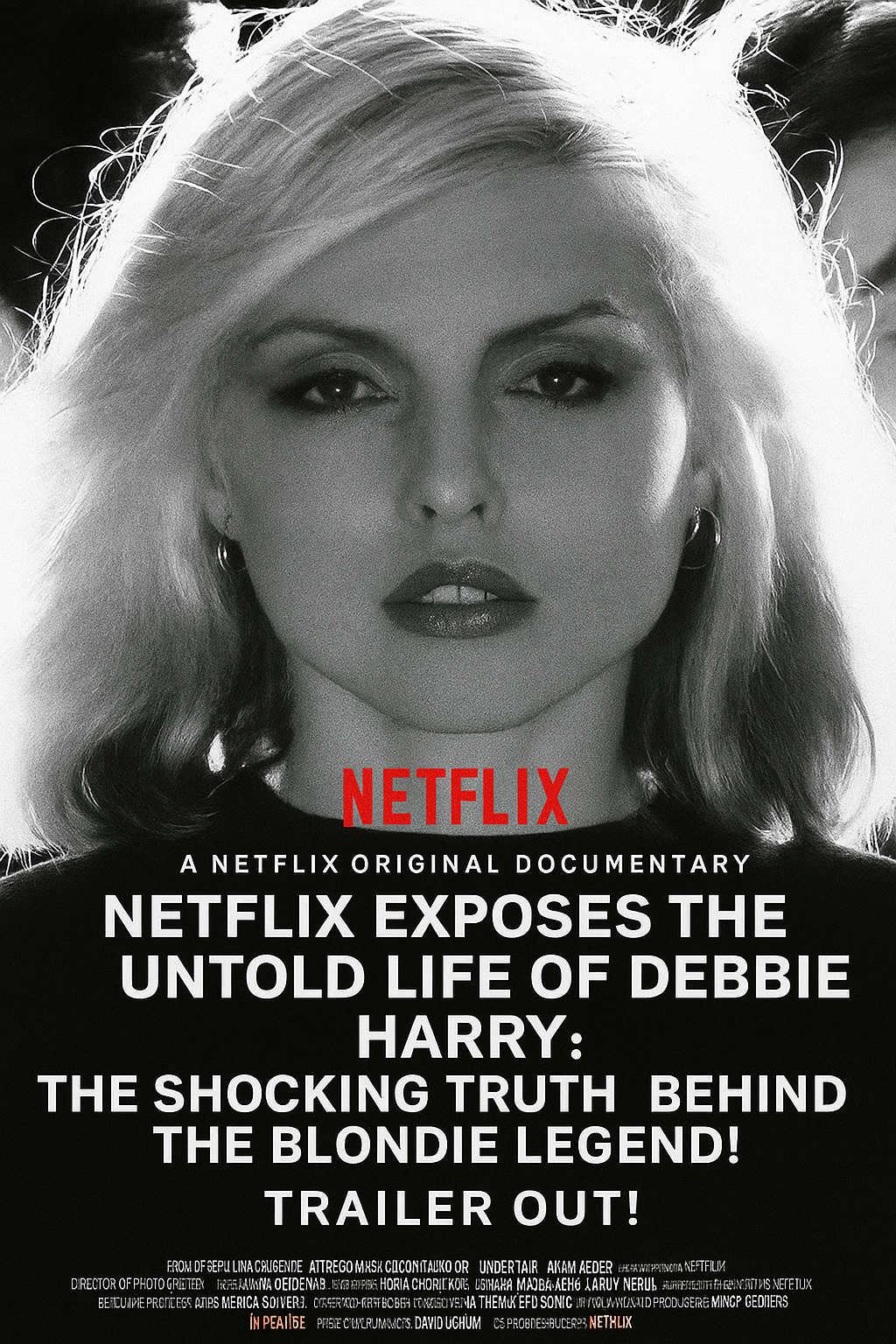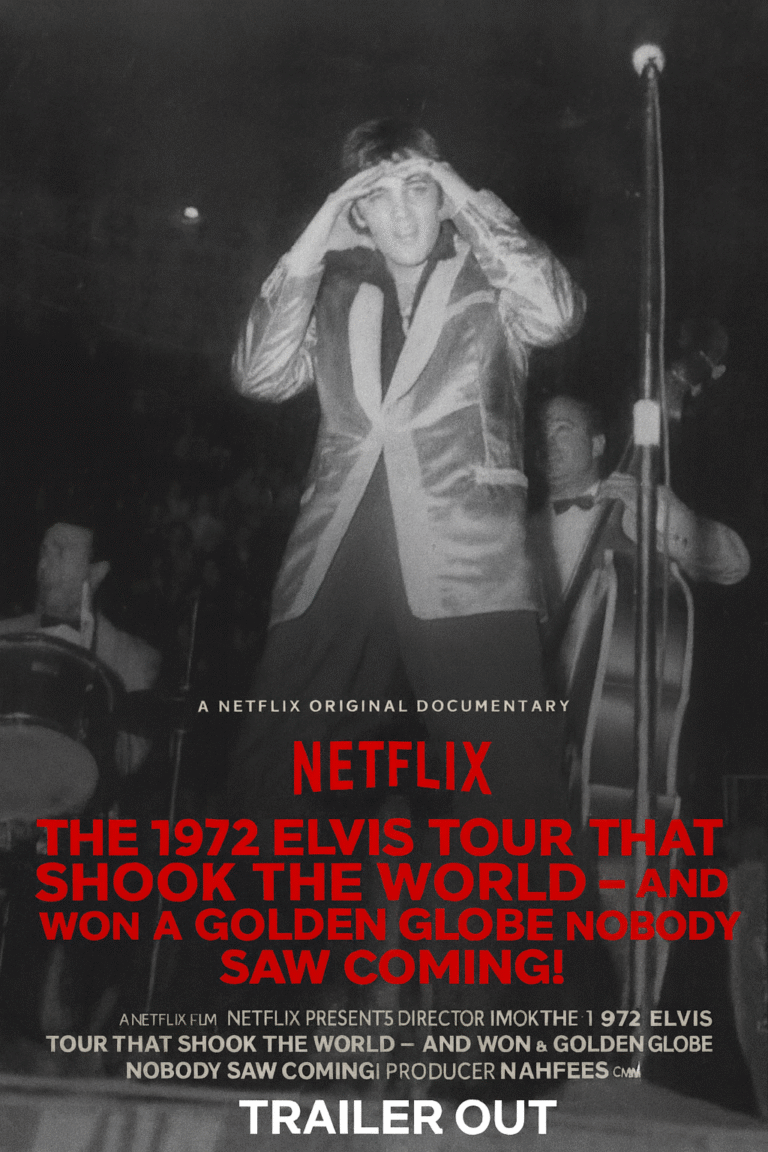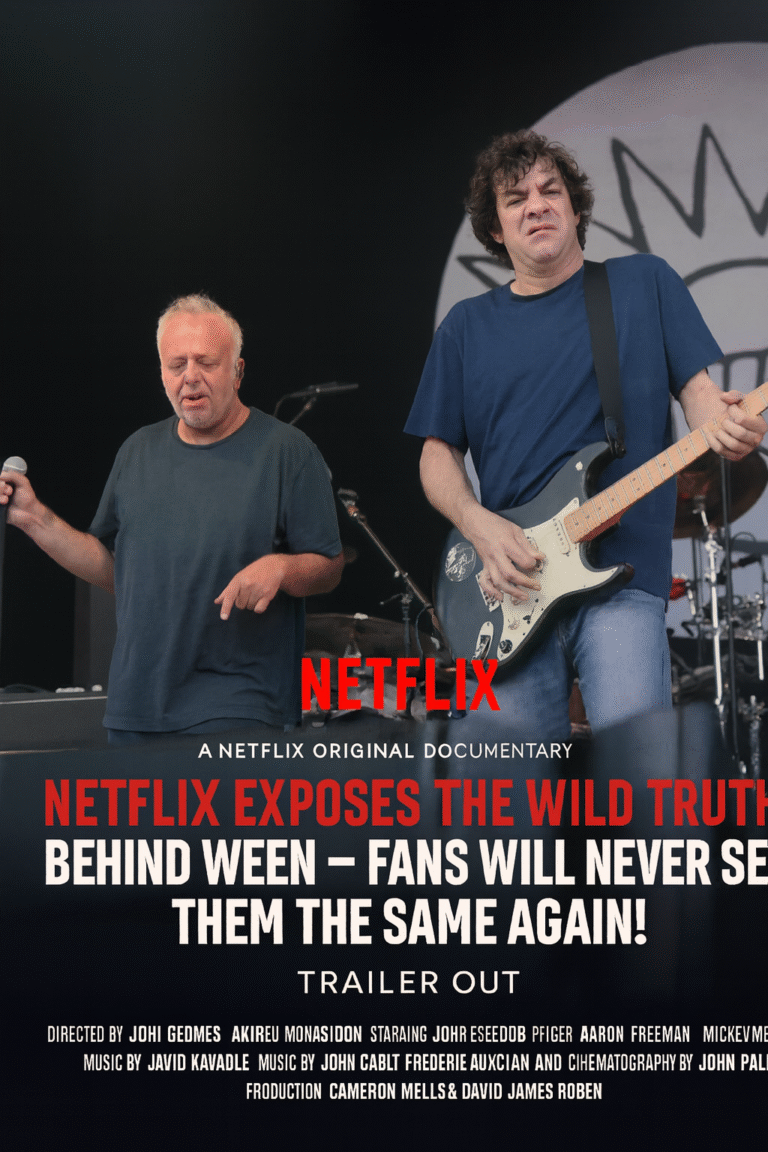
Few voices have captured the energy, rebellion, and edge of late 20th-century rock quite like Debbie Harry’s. The new Netflix documentary series Debbie Harry: Atomic Blonde dives deep into the iconic frontwoman of Blondie, tracing her extraordinary journey from the gritty streets of New York City’s punk scene to global stardom. Through rare footage, candid interviews, and unseen personal archives, the series captures both the vulnerability and strength that made her not just a music legend but a cultural icon.
The documentary opens with a reflection on the birth of Blondie, exploring how Harry and guitarist Chris Stein blended punk, disco, reggae, and new wave into a sound that would reshape pop music. Viewers are taken inside CBGB’s, the infamous East Village club where Blondie shared the stage with The Ramones and Talking Heads, building a movement that turned underground misfits into mainstream pioneers. But more than nostalgia, Debbie Harry: Atomic Blonde reveals how Harry’s sharp sense of style and defiant attitude broke barriers for women in rock.
Throughout the series, Harry’s duality shines — a woman both commanding and introspective, playful and profound. Her interviews peel back the glamorous image, revealing a life filled with both triumph and turbulence. From navigating fame’s pressures to dealing with exploitation and sexism in the industry, Harry speaks with an honesty that makes the documentary feel raw and deeply human. Netflix’s team balances her vulnerability with moments of electrifying performance clips that remind viewers why her presence on stage remains unmatched.
The creative direction of the series deserves its own applause. Director Lena Cardenas weaves archival material with present-day reflections in a cinematic rhythm that mirrors Blondie’s own genre-blending energy. Vintage film reels of New York’s underground nightlife collide with modern drone shots of the same streets — now gentrified but still haunted by the ghosts of punk’s golden age. Harry narrates parts of her own story, lending authenticity and intimacy to the series’ structure.
The emotional core of Debbie Harry: Atomic Blonde comes through her reflections on resilience. It traces her near disappearance from the spotlight in the late 1980s, her quiet battles with illness, and her gradual re-emergence as a timeless figure whose music continues to inspire new generations of artists. Interviews with musicians like Shirley Manson, Karen O, and Billie Eilish reveal the ripple effect Harry’s boldness created across decades of female performers who saw in her a mirror of strength.
Debbie Harry: Atomic Blonde is set to premiere on May 22, 2026, exclusively on Netflix. The series spans six episodes, each diving into a different chapter of Harry’s life — from her punk roots to her fashion influence, activism, and her enduring impact on global pop culture. Netflix promises a multi-sensory experience that blends the grit of the 1970s with the digital polish of today, keeping both diehard fans and new viewers enthralled.
By the final episode, the documentary feels less like a simple retelling of a rock career and more like a celebration of survival — of art, individuality, and the refusal to be defined by the expectations of others. It’s a reminder that Debbie Harry didn’t just break into a male-dominated scene; she reshaped it entirely. Her journey, told in her own words and through those she inspired, reaffirms her status not just as a singer but as a symbol of rebellion and reinvention.
In Debbie Harry: Atomic Blonde, Netflix delivers more than a music documentary — it gives audiences an intimate portrait of a woman who lived her life on her own terms. For fans of Blondie, punk rock, and the ever-evolving story of pop culture, this series isn’t just required viewing — it’s a revelation.



